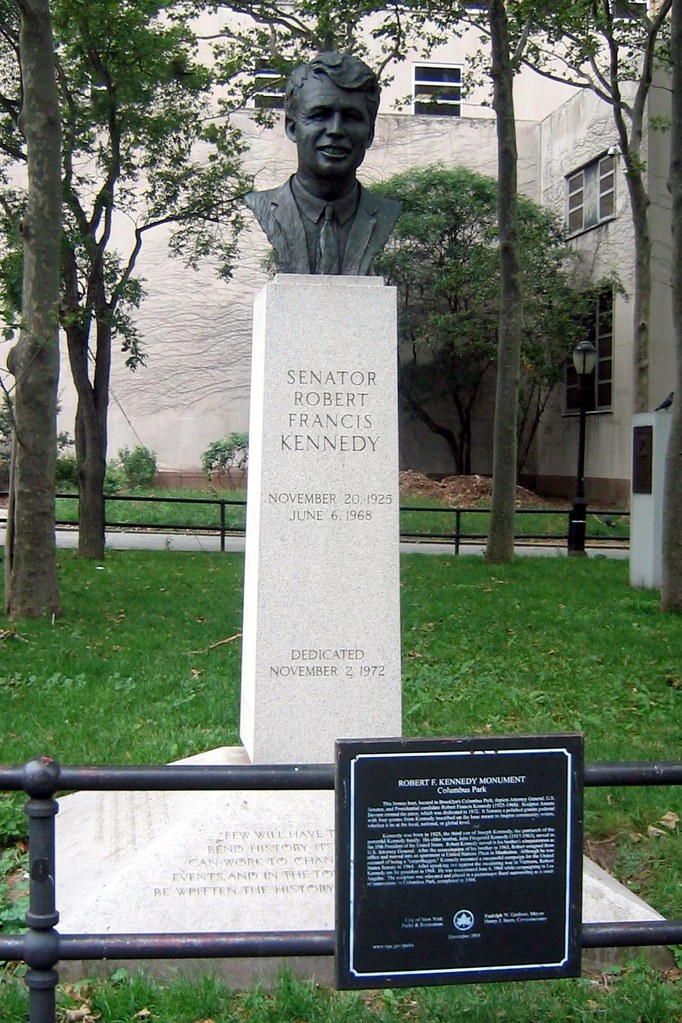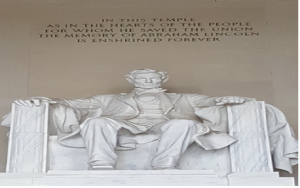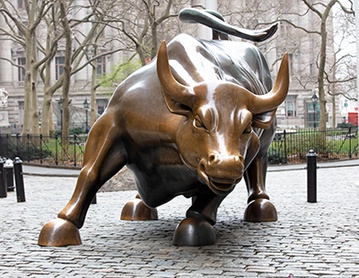
Robert Francis “Bobby” Kennedy, commonly known by his initials RFK, was an American politician from Massachusetts. He served as the United States junior senator from New York from January 1965 until his assassination in June 1968. He was born November 20, 1925 in Brookline Massachusetts. In front of New York Court State Supreme Court building at Montague and Courts Street there is a monument in the honor of RFK. This sculptor was dedicated on November 2, 1972. He was a committed advocate of the poor and racial minorities and opposed escalation of the Vietnam War. After Kennedy was appointed attorney general he fought organized crime and worked for civil rights for African Americans and the minority community.
Robert wrote five books and many other publications on politics and various issues that were confronting his nation and his generation. He also founded the Bedford-Stuyvesant Corporation to rebuild one of New York City’s worst ghettos. His final achievements during his life was the winning of five presidential primaries all of which were southern states whose opinions of RFK were famously hateful. In 1978 he received posthumously the Gold Medal of Honor. After his death multiple organisations were formed and roads, public schools and other facilities across the U.S. were named in his memory.










